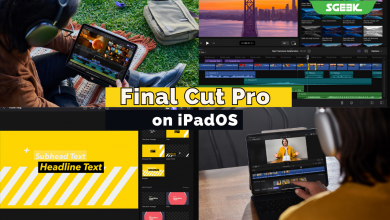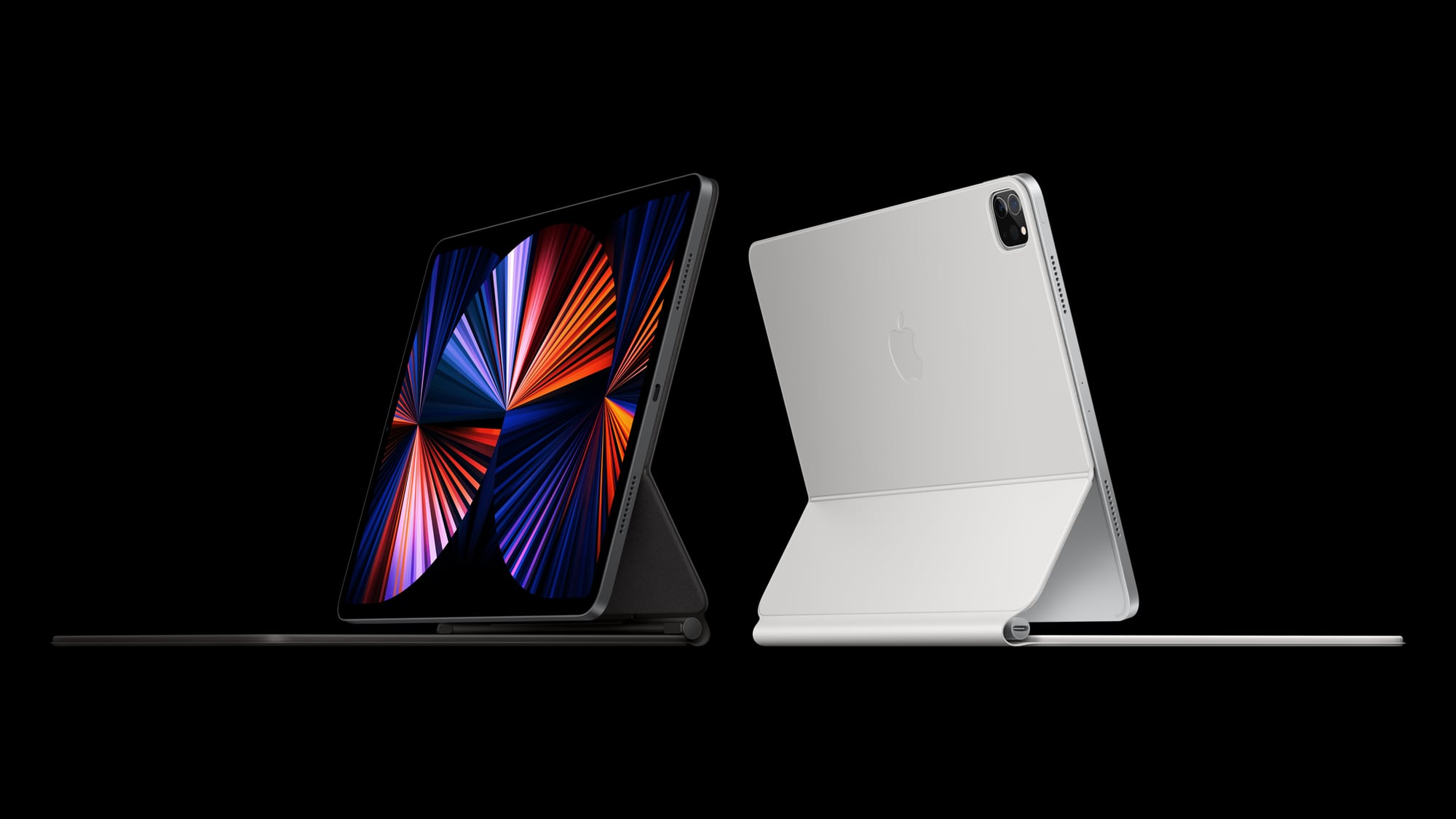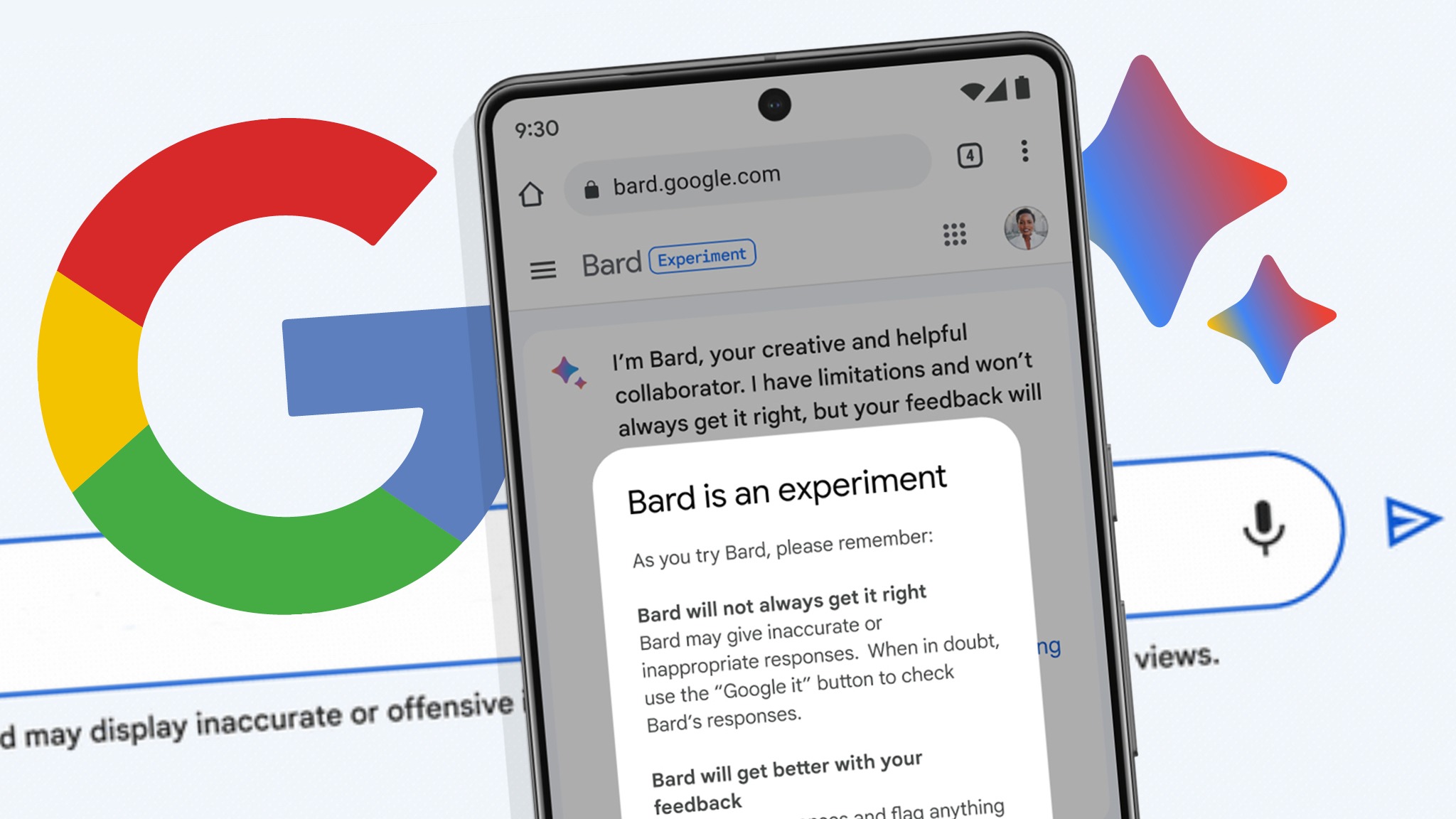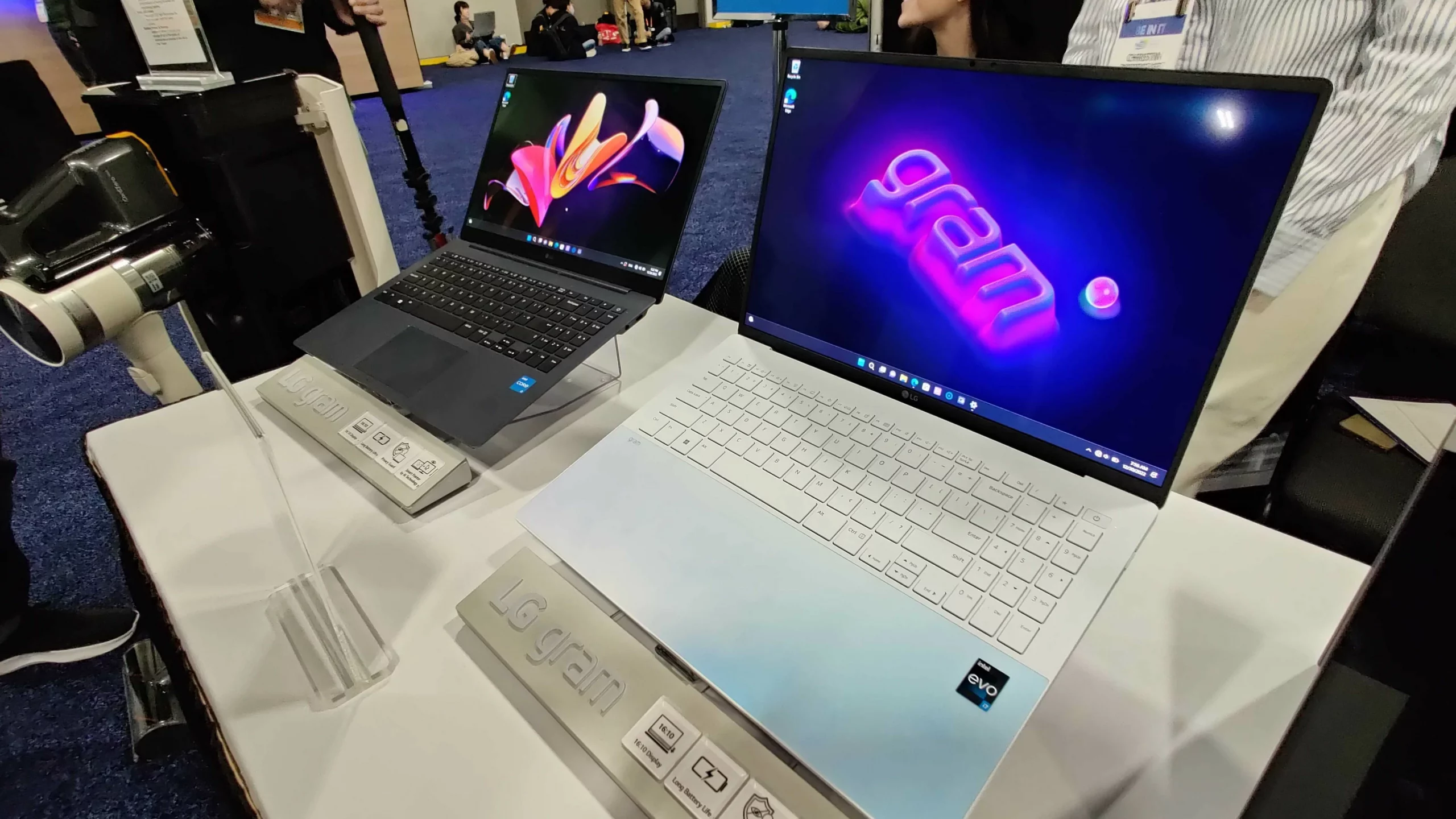
The possibility of a portless iPhone has been a topic of speculation for several years. The idea is that the iPhone would not have any ports such as Lightning or USB-C, making it completely wireless. However, the recent legislation from the European Union mandating that Apple use a universal charger for the iPhone by 2024 has brought the topic back into focus.
This legislation may impact the company’s future design choices for the iPhone and the potential for a portless version. It’s worth noting that removing the ports from the iPhone could have an impact on the user experience and the charging capabilities, which would have to be addressed by the company.
Wireless Charging Is Not Fast Enough
The possibility of a portless iPhone has been a topic of speculation for several years, but it’s also important to consider the current charging capabilities of the iPhone. While many Android phones are capable of charging at speeds over 200mAh per minute via wired charging through USB-C, the iPhone’s charging speeds are slower. The iPhone 14 has fast-charge capabilities to get you a 50% charge in 30 minutes, but only as long as you have a 20W or higher adapter with USB-C, which Apple no longer includes in the iPhone box. Wireless charging on an iPhone is also slower, as Qi-compatible wireless charging tops out at 7.5W, and a certified MagSafe charger is capped at 15W.
These charging speeds may not be sufficient for users, especially if the phone would have to be left on the charging pad for long periods of time. It’s clear that removing the ports from the iPhone would have an impact on the user experience and the charging capabilities, which would have to be addressed by the company. Unless wireless charging significantly improves, it may not be practical to remove all ports on an iPhone and still meet users’ expectations for charging speed.
Fast Data Dump Output
When transferring files from an iPhone or iPad to a computer, there are a few different options available, such as using AirDrop, cloud services like Dropbox, iCloud, OneDrive, or Google Drive. However, when transferring larger files, such as ProRes video, these methods may not be the most efficient. ProRes video is a popular format for professional post-production studios, and a single minute of 10-bit HDR ProRes can take up to 1.7GB for regular HD format, and 6GB for 4K, which is quite large.
Using AirDrop to transfer these files could take a significant amount of time due to their large file size, and uploading to cloud services can also be slow, especially if you have a slow internet connection. Other methods like using a USB drive or external hard drive could be a better option for transferring large files like ProRes videos. Additionally, You could also use third party apps or software that can optimise the transfer process for large files.
Wireless Audio Still In Infancy
The removal of the headphone jack on newer iPhone models has led many users to adopt Bluetooth headphones and earbuds for a wireless listening experience. However, with the Lightning port and an adapter, users can still plug in their favourite high-end wired headphones and enjoy their music in high-fidelity, lossless formats if they desire.
Wireless earbuds such as the AirPods Pro have improved over time, but they still can’t match the audio quality of wired headphones. Wireless earbuds are not able to produce true lossless audio as some audio data is lost during wireless connectivity. If the iPhone were to go portless, it would mean that users would no longer be able to enjoy true high-fidelity audio through wired headphones, which would be a significant drawback for audiophiles.
Charging speed and the option of plugging in my own wired headphones are the biggest red flags for me. It’s OK, Apple, USB-C port is the real future anyway.






